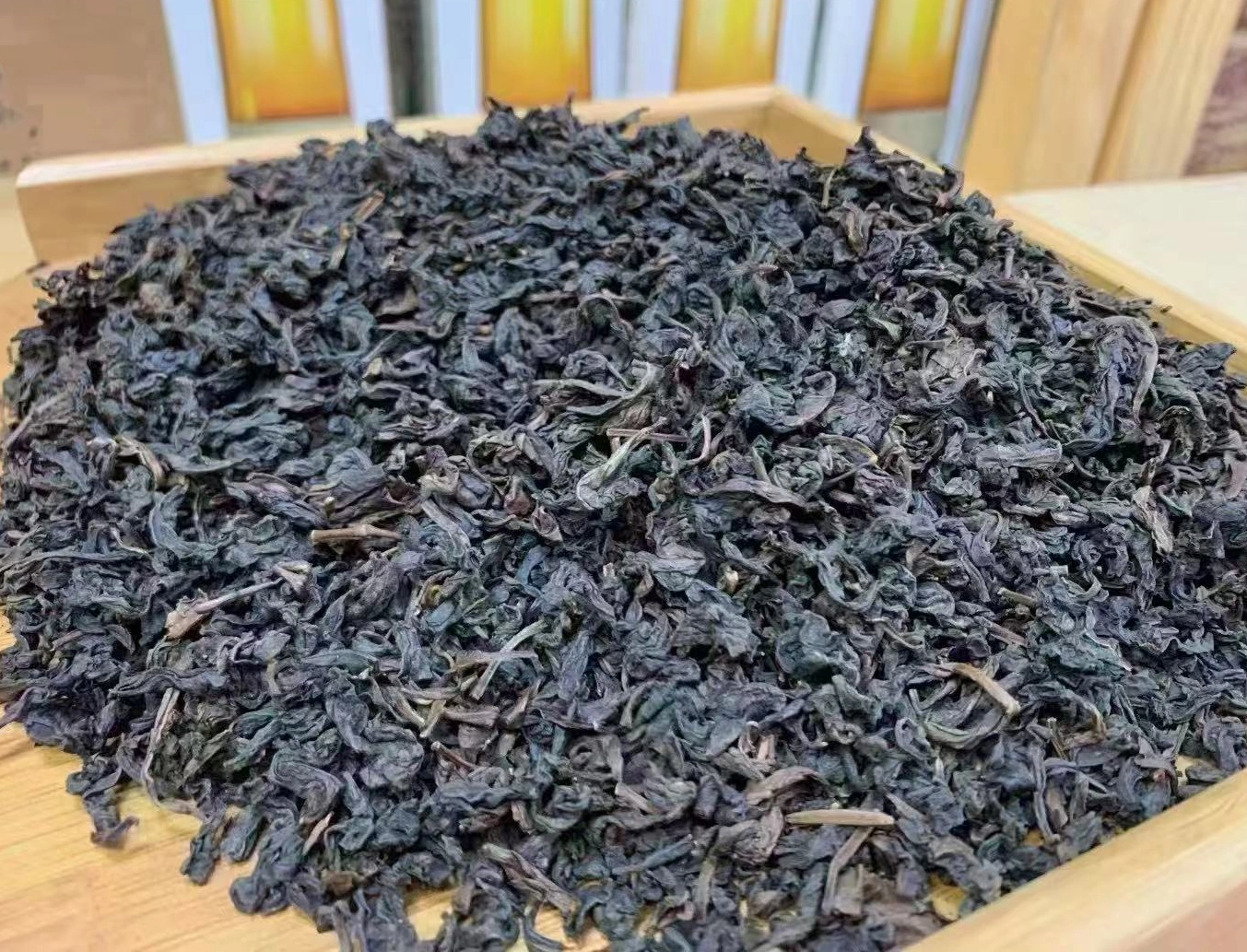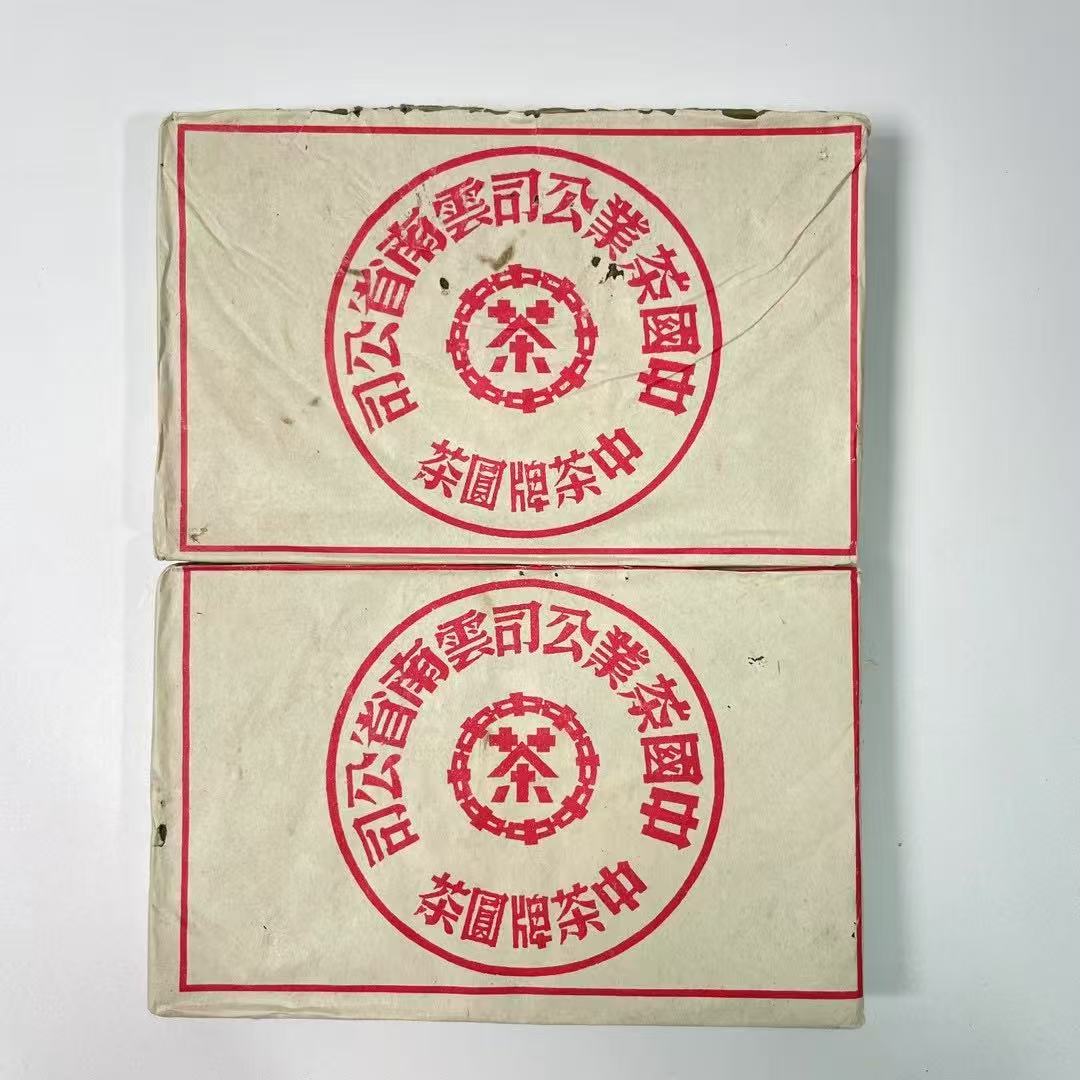Imagine lifting a warm cup of tea to your lips, the steam full of rich, earthy notes or bright floral aromas, and feeling the world slow down as your senses awaken. Pu Erh tea vs oolong tea isn’t just a debate of taste—it’s a journey through centuries of tradition, unique processing, and healthful benefits. Whether you crave the aged depth of pu erh or the fragrant complexity of oolong, understanding their differences helps you choose the perfect brew for any moment in 2025 and beyond.
In this guide, we’ll explore the origins and processing of each tea, compare flavor profiles, dive into health benefits—from pu erh tea benefits in detoxification to oolong tea weight loss—and reveal ideal brewing techniques. You’ll learn about caffeine content and energy impact, selection and storage tips, and even creative pairings and iced cocktail recipes. Ready to embark? Let’s steep ourselves in the world of pu erh tea vs oolong tea.
Origins and Processing Differences
What Is Pu Erh Tea?
Pu Erh tea hails from Yunnan, China, where sun-withered leaves are rolled, lightly fermented, and compressed into cakes or bricks. Over months or years, microbial fermentation deepens the liquor’s character—transforming earthy, astringent notes into velvet-smooth, wood-smoke undertones.
What Is Oolong Tea?
Oolong tea bridges green and black teas. Grown in Fujian and Taiwan, leaves are partially oxidized (10–70%), then roasted or “baked” to develop complex floral, fruity, and toasty flavors—think orchid petals melting into roasted chestnut.

Fermentation & Oxidation Levels
- Pu Erh: Post-fermented, either “raw” (sheng) aging naturally, or “ripe” (shu) accelerated by wet-pile processing.
- Oolong: Semi-oxidized; oxidation level dictates whether it tastes bright and floral or rich and roasty.
Flavor Profile & Aroma Comparison
Earthy, Aged Notes of Pu Erh
A high-quality pu erh greets you with deep mahogany color and aromas of damp forest floor, cocoa husk, and dried dates. As it cools, hints of tobacco leaf and aged cedar emerge. Sip after sip, that silky texture coats your palate, culminating in a sweet, lingering huigan (aftertaste).
Floral, Fruity Nuances of Oolong
Oolong’s color ranges from pale gold to amber. Its fragrance can unfurl like a garden—orchid, lilac, and honeydew melons. Roasted oolongs bring caramelized sugar and toasted nuts. Each infusion reveals new layers: first a floral freshness, then a warm, buttery heart, and finally a clean, orchard-fruit finish.
How Aging vs Firing Shapes Taste
- Pu Erh’s Age rounds out harsh tannins, creating a smooth, earthy embrace.
- Oolong’s Roasting preserves delicate florals while adding a cozy warmth.
Health Benefits Face-off
Pu Erh Tea Benefits: Detox & Metabolism
Research shows pu erh tea benefits include supporting healthy lipid metabolism and aiding natural detoxification pathways. The microbial fermentation in pu erh produces theabrownins—compounds linked to fat oxidation—making it a favorite in weight-management routines.
Oolong Tea Benefits: Weight Loss & Digestion
Oolong tea weight loss effects stem from its unique mix of catechins and caffeine, which studies associate with enhanced calorie burning and improved digestion. Its moderate caffeine content also delivers a gentle lift without jitters.
Antioxidants, Polyphenols & Beyond
Both teas shine in antioxidants:
- Pu Erh: Rich in theaflavins and microbial metabolites that support liver health.
- Oolong: High in EGCg and thearubigins, which combat oxidative stress and promote cardiovascular wellness.
Caffeine Content & Energy Impact
Typical Caffeine in Pu Erh vs Oolong
- Pu Erh: 30–70 mg per 8 oz cup, depending on age and style.
- Oolong: 30–50 mg per cup, varying with oxidation and brewing method.
Sustained Uplift vs Gentle Alertness
Pu erh tea vs oolong tea caffeine profiles differ subtly: pu erh often offers a deeper, sustained energy—ideal for long focus sessions—while oolong delivers a clearer, brighter alertness for creative work.
Best Time to Drink Each
- Pu Erh: Mid-morning or late afternoon for sustained focus.
- Oolong: Early morning or post-meal to aid digestion and avoid afternoon crashes.
Brewing Methods for Maximum Flavor
Gongfu Style for Pu Erh
- Measure: 5–7 g pu erh per 100 ml water.
- Rinse: 100 °C water, 5-second rinse to awaken leaves.
- Short Infusions: Start with 8-10 seconds, adding 3-5 seconds each brew. Enjoy up to 12 steeps.
Western Steep & Cold Brew Oolong
- Ratio: 2 g oolong per 200 ml water.
- Steep: 90 °C water for 3–5 minutes for lighter notes, 6–8 minutes for deeper roast.
- Cold Brew: 10 g leaves in 500 ml cold water, refrigerate 8–12 hours. Strain and sip over ice.
Temperature, Leaf Ratio & Steep Times
Adjust strength by tweaking leaf weight and steep duration. Hotter water (95 °C) unlocks pu erh’s rich body, while slightly cooler (90 °C) preserves oolong’s floral delicacy.
Selection, Storage & Aging Tips
Recognizing Quality Pu Erh Cakes
Look for uniform compression, intact large leaves, and a sweet, earthy aroma. Tanbiwencha’s 2015 Brown Mountain Ancient Tree Raw Pu Erh is a stellar example of balanced aging:
– Ancient Tree Raw Pu Erh Tea
Choosing Premium Oolong Leaves
Select tightly rolled, glossy leaves—Taiwan High Mountain oolong and Wuyi Rock oolong are top picks. Freshness is key: the drier and darker the leaves, the more roast character.
Ideal Conditions for Aging & Freshness
- Pu Erh Aging: 60–70% RH, 20–25 °C, breathable clay storage.
- Oolong Storage: Airtight, opaque containers in a cool, dry place to preserve aroma.

Pairing & Serving Recommendations
Food Pairings: Savory vs Sweet
- Pu Erh: Rich meats, aged cheeses, dark chocolate.
- Oolong: Dim sum, fruit tarts, almond biscotti.
Gongfu Tasting Ceremony vs Casual Sipping
Elevate pu erh’s ritual with a small Yixing pot and tasting cups. For oolong, a simple gaiwan or French press suffices—perfect for casual afternoons.
Iced Variations & Tea Cocktails
- Iced Pu Erh Sangria: Brew strong pu erh, mix with red wine, citrus slices, and mint.
- Oolong Whiskey Sour: Shake oolong cold brew, whiskey, lemon juice, and syrup over ice.
FAQ: Pu Erh vs Oolong
- Is pu erh stronger than oolong? Pu erh generally yields a deeper, heavier body, but caffeine is comparable.
- Which tea aids weight loss more? Oolong’s catechins may edge slightly for calorie burn, while pu erh excels in detox support.
- Can you blend pu erh and oolong? Yes—mix equal parts for a unique fusion of earthy depth and floral brightness.
Conclusion & Next Steps
Comparing pu erh tea vs oolong tea reveals two magnificent worlds of flavor, health, and ritual. Pu erh tea benefits shine in detoxification and sustained energy, while oolong tea weight loss perks and floral allure invigorate body and soul. Whether you choose the time-honored gongfu ceremony or a chilled cold brew, both teas promise a sensuous journey.
Recommended 2025 Vendors & Resources
- Tanbiwencha:
- Oolong Sources: Seek Taiwan High Mountain or Wuyi Rock varieties from trusted boutique tea shops.
Dive in—brew a cup, close your eyes, and let the rich tapestry of pu erh or the bright symphony of oolong transport you. Here’s to discovering your perfect tea ritual in 2025.



